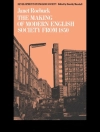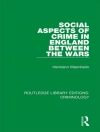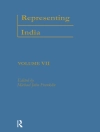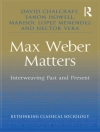two main (interacting) ways. They constitute that with which exploration into problems or questions is carried out. But they also constitute that which is exchanged between scholars or, in other terms, that which is shaped by one (or by some) for use by others. In these various dimensions, texts obviously depend on the means and technologies available for producing, reproducing, using and organizing writings. In this regard, the contribution of a history of text is essential in helping us approach the various historical contexts from which our sources originate. However, there is more to it. While shaping texts as texts, the practitioners of the sciences may create new textual resources that intimately relate to the research carried on. One may think, for instance, of the process of introduction of formulas in mathematical texts. This aspect opens up a wholerangeofextremelyinterestingquestionstowhichwewillreturnatalaterpoint.But practitioners of the sciences also rely on texts producedby themselves or others, which they bring into play in various ways. More generally, they make use of textual resources of every kind that is available to them, reshaping them, restricting, or enlarging them. Among these, one can think of ways of naming, syntax of statements or grammatical analysis, literary techniques, modes of shaping texts or parts of text, genres of text and so on.Inthissense, thepractitionersdependon, anddrawon, the“textualcultures”available to the social and professional groups to which they belong.
विषयसूची
What is a Text?.- Spatial Organization of Ancient Chinese Texts (Preliminary Remarks).- The Constitution of Scientific Texts: from Draft to.- Leibniz and the Use of Manuscripts: Text as Process.- Opera Omnia: The Production of Cultural Authority.- Writing Works: A Reaction to Michael Cahn’s Paper.- How Scientific and Technical Texts Adhere to Local Cultures.- Text, Representation and Technique in Early Modern China.- The Algebraic Art of Discourse Algebraic Dispositio, Invention and Imitation in Sixteenth-Century France.- Ancient Sanskrit Mathematics: An Oral Tradition and a Written Literature.- Reading Texts.- The Limits of Text in Greek Mathematics.- Reading Strasbourg 368: A Thrice-Told Tale.- What is the Content of This Book? A Plea for Developing History of Science and History of Text Conjointly.- Epilogue.- Knowledge and its Artifacts.












